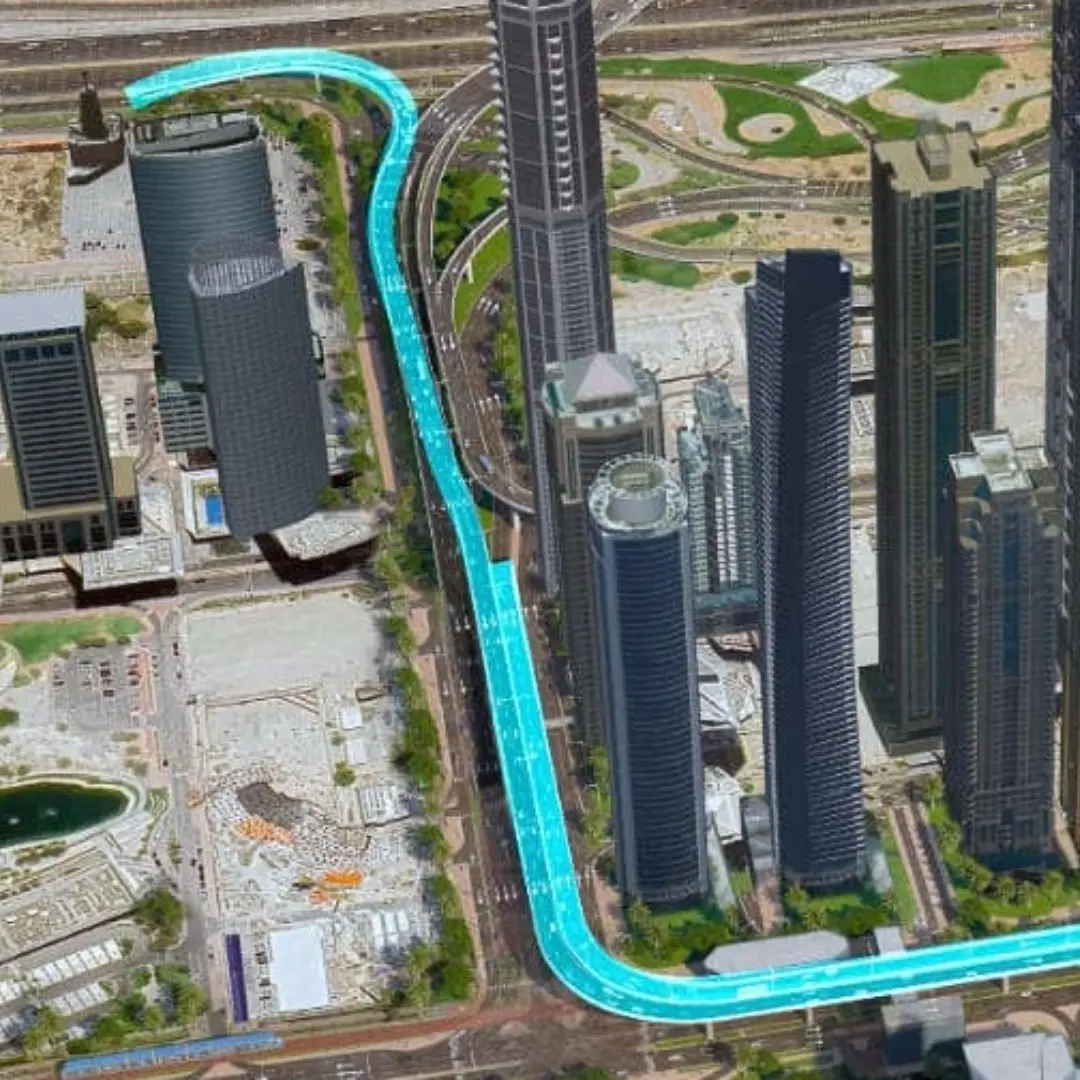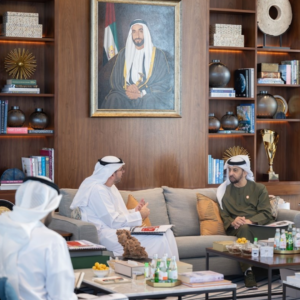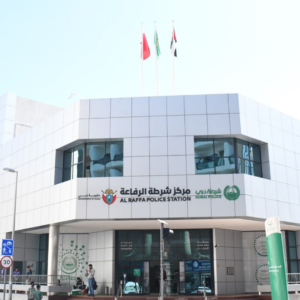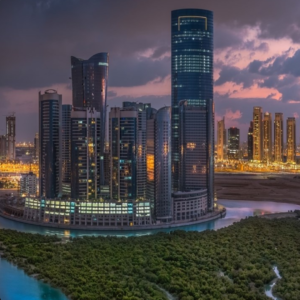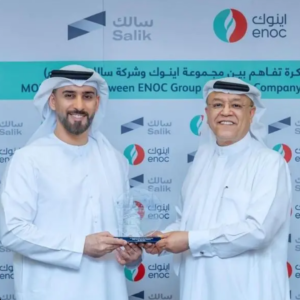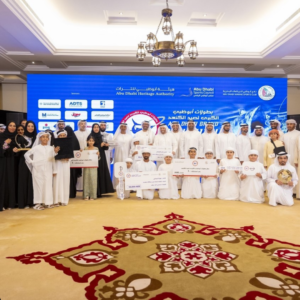The new Dh431-million Dubai Harbour bridge represents a significant infrastructure development aimed at enhancing connectivity and reducing travel time between key areas in Dubai. With a substantial investment, this project promises to improve traffic flow and support the growing transportation needs of the city.
Purpose and Benefits:
The primary objective of the Dubai Harbour bridge is to alleviate traffic congestion and shorten travel times for commuters and travelers alike. Currently, the journey that takes 12 minutes will be streamlined to just 3 minutes, offering substantial time savings and efficiency improvements. This reduction in travel time is crucial for enhancing the overall transportation experience and supporting economic activities in the region.
Design and Specifications:
The bridge is designed with two lanes in each direction, ensuring smooth traffic flow and accommodating up to 6,000 vehicles per hour. This capacity is vital for managing the increasing volume of traffic expected in Dubai, especially during peak hours and major events.
Connectivity to Sheikh Zayed Road:
One of the strategic advantages of the Dubai Harbour bridge is its direct connection to Sheikh Zayed Road, one of the main arterial roads in Dubai. This linkage enhances accessibility to key commercial, residential, and leisure destinations in the city, facilitating seamless movement of goods and people.
Impact on Economic Growth:
Infrastructure projects such as the Dubai Harbour bridge play a crucial role in supporting economic growth by reducing transportation costs and improving logistics efficiency. Enhanced connectivity encourages investment in nearby areas, stimulates local business activities, and promotes tourism by facilitating easier access to popular attractions and destinations.
Environmental Considerations:
While the focus is on improving transportation efficiency, the project also takes into account environmental sustainability. Modern construction techniques and materials are utilized to minimize the ecological footprint of the bridge and ensure compliance with environmental regulations.
Project Timeline and Execution:
The construction of the Dubai Harbour bridge involves meticulous planning and coordination among various stakeholders, including government authorities, engineering firms, and construction contractors. The project timeline aims for efficient execution to minimize disruption to existing traffic and ensure timely completion.
Future Prospects:
Looking ahead, the completion of the Dubai Harbour bridge is expected to catalyze further development in the surrounding areas. It will likely spur real estate projects, retail developments, and tourism infrastructure enhancements, positioning Dubai as a global hub for business, leisure, and innovation.
In conclusion, the Dh431-million Dubai Harbour bridge represents a transformative infrastructure investment aimed at enhancing connectivity, reducing travel time, and supporting economic growth in Dubai. With its strategic location and capacity enhancements, the bridge is set to play a pivotal role in shaping the city’s future transportation landscape and fostering sustainable development.

